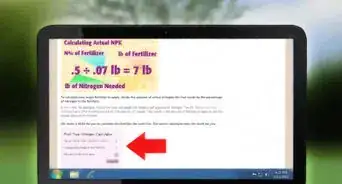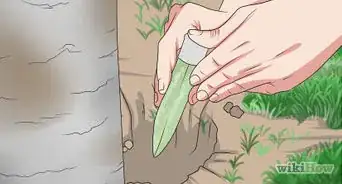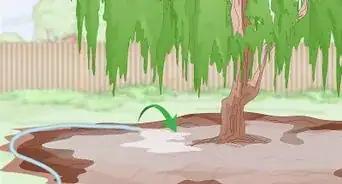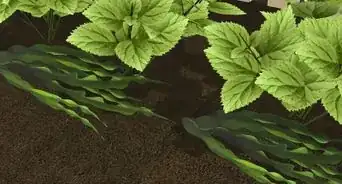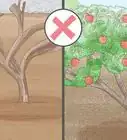wikiHow is a “wiki,” similar to Wikipedia, which means that many of our articles are co-written by multiple authors. To create this article, volunteer authors worked to edit and improve it over time.
There are 8 references cited in this article, which can be found at the bottom of the page.
wikiHow marks an article as reader-approved once it receives enough positive feedback. This article received 16 testimonials and 94% of readers who voted found it helpful, earning it our reader-approved status.
This article has been viewed 283,306 times.
Learn more...
You can use ashes from your wood-burning fireplace or brush pile to enrich your garden. Wood ashes contain most of the essential nutrients plants need to thrive. Knowing how to use ashes as fertilizer lets you recycle waste while helping to grow a luscious garden.
Steps
-
1Use wood ashes as a soil amendment in the early spring while the soil is dry and before the plant life has begun to actively grow.
- Nearly all plants benefit from the potash content of wood ashes.[1] Other components of the ashes are beneficial to the soil and plant growth as well.
- Because the wood ashes act as a liming agent, they reduce the acidity of the soil.[2] Plants that prefer acidic soil such as blueberries, azaleas or rhododendrons will not thrive if wood ashes are applied.
-
2Apply 20 pounds (9 kg) of wood ashes per 1000 square feet (93 square m) of soil, tilling them thoroughly into the soil. Leaving the ashes in concentrated piles could cause too much of a salt build-up in areas of the soil that could potentially harm your plants.Advertisement
-
3Sprinkle ashes upon each layer of your compost pile. The ashes help break down the organic materials as they compost.
-
4Amend heavy clay soil by using wood ashes because they break up the soil and help it retain more air.
-
5Deter garden pests by using wood ashes. Sprinkled lightly throughout the garden bed, wood ashes repel maggots, aphids, slugs, snails, and cutworms.[3] Reapply the ashes after heavy rains.
-
6To keep your ashes where you want them, apply them on a day that is not too windy. Otherwise they're liable to blow away before they have a chance to settle into the soil.
-
7Use caution when using ashes in the garden.[4]
- The ashes contain a good amount of lye which is a caustic agent. For this reason, refrain from placing them on young tender plants. Wear gloves when handling the ashes. Use a mask to avoid breathing in the residue and protect your eyes with sunglasses or goggles.
- Avoid using ashes from cardboard, coal or painted wood. These substances contain chemicals that can be harmful to your plants.
- Monitor your soil to be sure it hasn't become too alkaline. Use a soil testing kit to check the PH levels or take a soil sample to your county extension office lab to be evaluated.[5] Alkaline soil will need sulfur added to it.
-
8Produce more wood ashes by burning hardwoods rather than soft woods. Hardwoods will make 3 times the amount of ash per cord of wood than soft woods.
Community Q&A
-
QuestionCan I use ash for a yellow rose plant?
 Community AnswerNo, you should never give ashes to rose plants because they prefer acidic soil. If you use ashes for roses, they may die in the alkaline soil.
Community AnswerNo, you should never give ashes to rose plants because they prefer acidic soil. If you use ashes for roses, they may die in the alkaline soil. -
QuestionIs paper ash good for plants and shrubs?
 Community AnswerIt will be better if you'll use decayed organic matters like leaves or manure, used to improve soil structure and provide nutrients.
Community AnswerIt will be better if you'll use decayed organic matters like leaves or manure, used to improve soil structure and provide nutrients. -
QuestionDoes boiling water remove fluoride?
 William ShawCommunity AnswerIt is very unlikely that boiling water would remove fluoride from the soil, and cold water would be cheaper. Adding a diluted solution of calcium chloride would effectively remove any ionic fluoride because calcium fluoride is virtually insoluble in water.
William ShawCommunity AnswerIt is very unlikely that boiling water would remove fluoride from the soil, and cold water would be cheaper. Adding a diluted solution of calcium chloride would effectively remove any ionic fluoride because calcium fluoride is virtually insoluble in water.
Warnings
- Avoid mixing wood ashes with fertilizer containing nitrogen. Hazardous ammonia gas could result.⧼thumbs_response⧽
- Never apply wood ashes to potatoes as they promote potato scab.[6]⧼thumbs_response⧽
References
- ↑ https://www.rhs.org.uk/advice/profile?pid=621
- ↑ https://www.canr.msu.edu/news/wood_ash_in_the_garden
- ↑ https://www.fresheggsdaily.com/2016/01/11-great-uses-for-wood-ash-in-your-coop.html
- ↑ http://blogs.ifas.ufl.edu/bakerco/2017/10/04/use-wood-ashes-garden-wisely/
- ↑ https://www.bobvila.com/articles/how-to-test-soil-ph/
- ↑ https://www.rhs.org.uk/advice/profile?pid=621
- https://www.firewood-for-life.com/hardwood-vs-softwood.html
- http://www.emmitsburg.net/gardens/articles/frederick/2004/ashes.htm
- http://www.sciencedaily.com/releases/2009/09/090902112750.htm
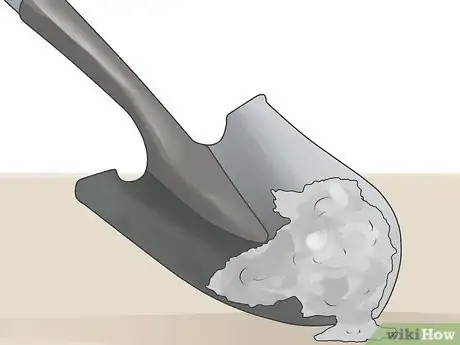
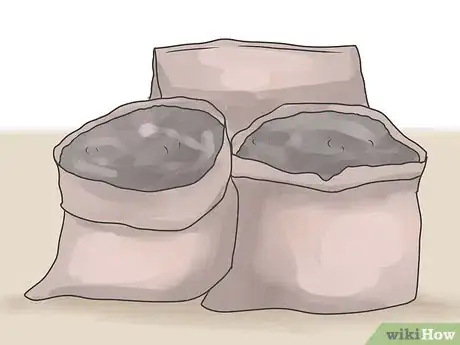
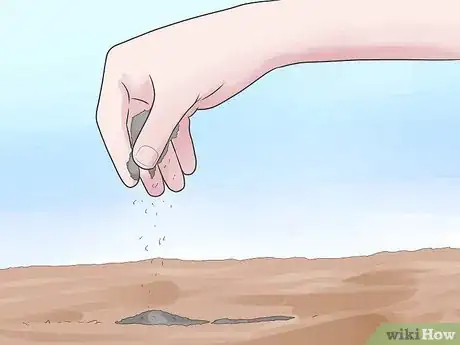
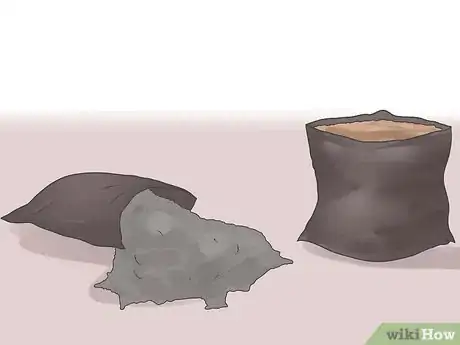
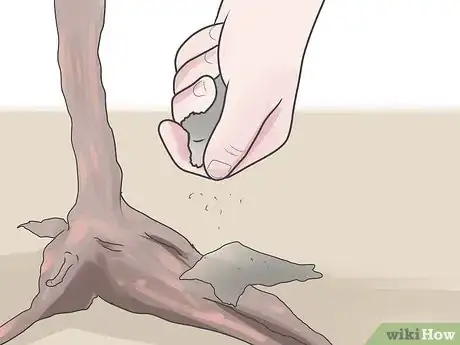

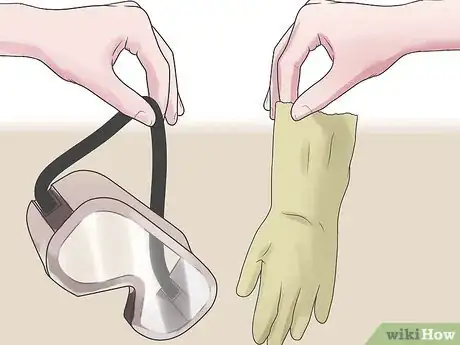
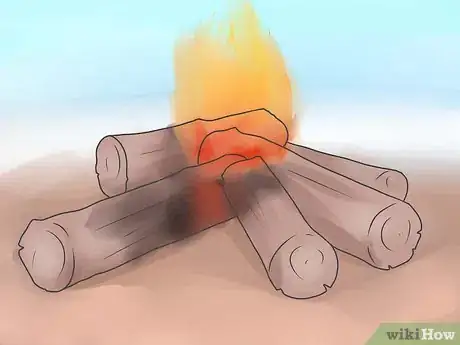
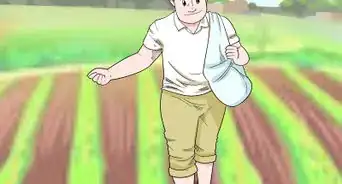

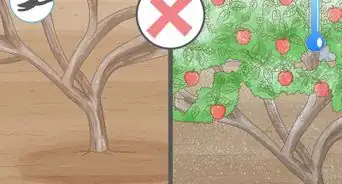
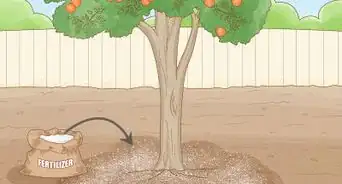
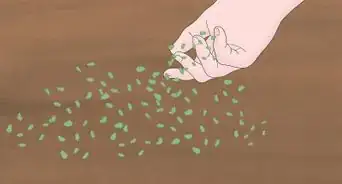
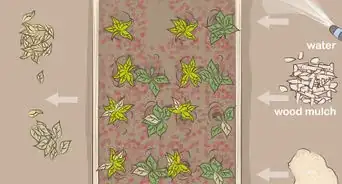
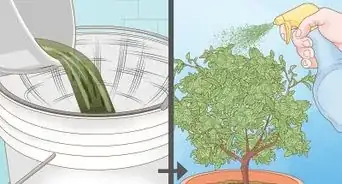
-Step-10-Version-3.webp)
